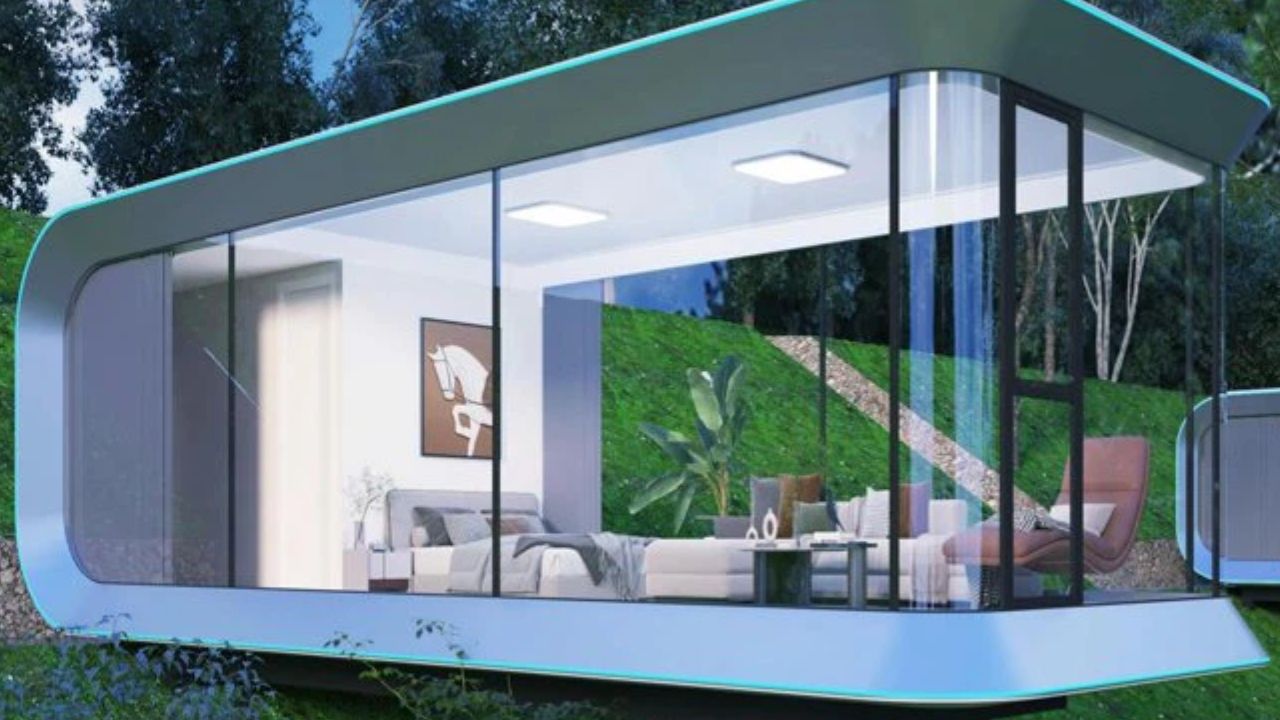As real estate prices climb and a minimalist lifestyle gains popularity, the rise of capsule homes is transforming the outlook on property ownership. These snug abodes, sometimes no bigger than one room, are garnering appeal, particularly among millennials and young careerists who aspire to possess their very own slice of real estate minus the hefty financial commitment associated with conventional home loans.
This article will delve into the ways capsule housing is proving to be both a practical and fashionable alternative for individuals who dream grandly yet require minimal space.
What Are Capsule Houses?
Capsule houses, inspired by the micro-apartment and tiny house movement, are small, modular living units that prioritize efficiency and functionality. Originating from the famous capsule hotels of Japan, these miniature homes are designed with the essentials in mind—offering a bed, kitchenette, bathroom, and storage within a reduced footprint.
How Capsule Houses Are a Smart Choice for Aspiring Homeowners with Space-Efficient Preferences?
Affordability and Sustainability
The biggest potential that is associated with capsule homes remains the viability that directly translates to price. As the costs of conventional-sized homes rise, becoming inaccessible to many first-time buyers, these compact houses present a more budget-friendly alternative. By minimizing the initial outlay and ongoing expenses associated with maintaining a larger living space—such as utility bills, maintenance, and other costs—tiny homes offer significant financial relief.
Beyond economic advantages, capsule homes contribute to the environmental movement towards sustainable living. These small buildings may include the use of solar panels, green roofs, and rainwater harvesting systems. All in all, they represent a cost-efficient, friendly earth way of life. Collectively, these features underscore a lifestyle that is not only more affordable but also environmentally considerate, making capsule houses an emblem of both cost-efficiency and earth-friendly living practices.
The Illusion of Space: Innovative Design
The genius of capsule houses lies in their innovative design. Architects and designers are committed to maximizing the perception of space within these confines, utilizing carpentry and adaptable furniture. Such ingenious designs allow a single space to function as a bedroom at dawn, transform into a living area by day, and convert into an office by night. The strategic use of proper illumination and reflective surfaces further amplifies the sensation of spaciousness.
Moreover, a considerable portion of capsule houses integrate smart technology within their framework. The core aim is to enable residents to adapt to the compact dimensions without sacrificing convenience or functionality. Equipped with fully automated furnishings and high-efficiency appliances, these dwellings provide all the modern comforts expected by tech-savvy individuals, ensuring a seamless blend of compact living with contemporary needs.
Community and Connectivity
It may seem that living in a small space means isolation, but this is not true at all. Capsule home communities provide similar facilities that include a common kitchen and eating area, common garden, and working area, which encourages common interaction and makes people feel at home. These communal areas offer a synergy because occupants have their own private spaces yet get to be part of a community.
Also, capsule houses are primarily located in cities, thus effectively connecting people to the pulse of the city. Its closeness to working places, businesses, and entertainment, as well as transportation facilities, make it suitable for people who wish to live in city, but at a comparatively lower cost.
Challenges When Considering Capsule Houses
While the perks of capsule houses are plentiful, there are challenges to be considered. Zoning laws and building codes can pose obstacles, as many cities are not yet equipped to accommodate these unconventional dwellings. Additionally, the lifestyle adjustment to a smaller living space may not be suitable for everyone, particularly families or those with significant space requirements.
It's also imperative to address the potential stigma attached to small homes, often perceived as a compromise rather than a choice. Shifting such perceptions is essential to the widespread acceptance and adoption of capsule houses as a legitimate form of home ownership.
The Road Ahead
Looking ahead, it appears almost certain that the market for capsule houses will continue to grow. There is a growing demand for living solutions that are affordable, environmentally friendly, and creatively designed, guiding more cities to adopt and support the idea of capsule living.
Conclusion
Capsule houses offer more than just a roof over one's head; they offer a gateway to homeownership for those who dream big but are willing to live small. As society continues to evolve, these tiny spaces may just lead the way in solving some of our most significant urban living challenges, proving that sometimes, the best things truly do come in small packages.


